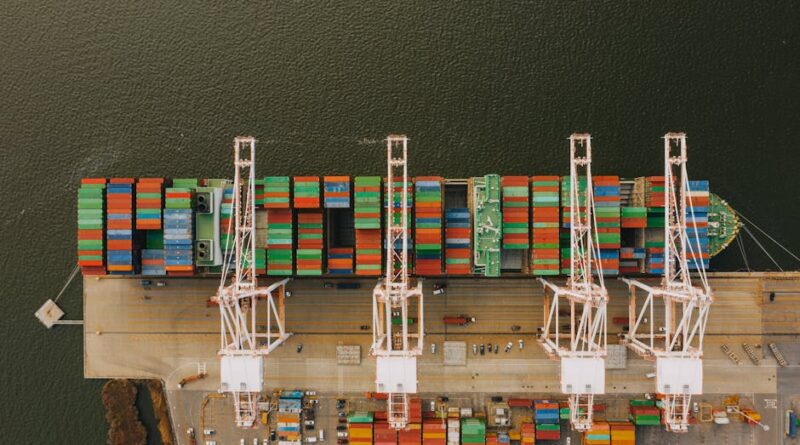Exploring the Evolution of Delivery Drones
Welcome to the world of delivery drones, where technology meets convenience in the skies. Imagine a future where your online orders are swiftly delivered to your doorstep by a buzzing drone, cutting through traffic and reducing delivery times to a mere fraction of what they are today. The evolution of delivery drones has been a fascinating journey, marked by innovation, challenges, and endless possibilities. In this comprehensive guide, we will delve into the history, current applications, and future implications of delivery drones, exploring how these unmanned aerial vehicles are reshaping the way we receive goods and services.
The Early Days of Drone Delivery
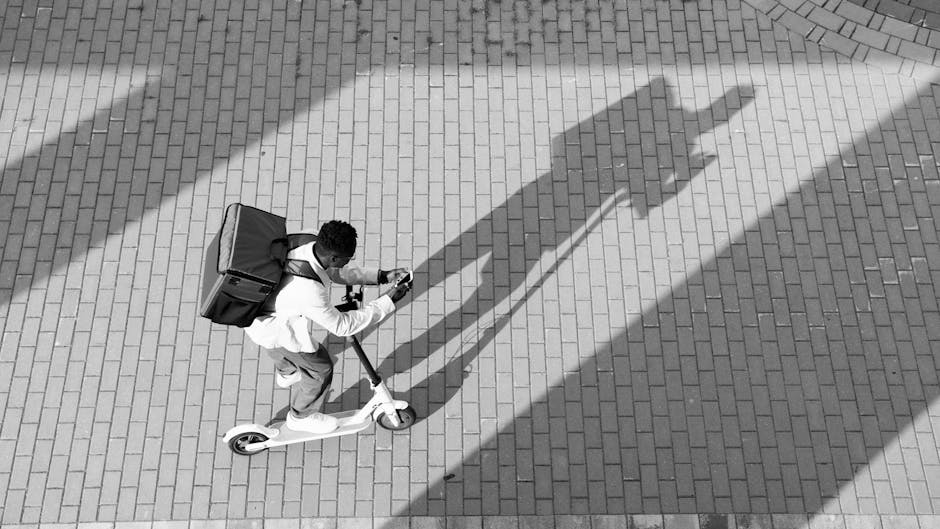
The concept of using drones for delivery purposes is not a new one. In fact, the idea dates back to the early 20th century when the first experiments with aerial delivery were conducted. One of the earliest recorded instances of drone delivery can be traced back to 1849 when Austrian forces used hot air balloons to drop bombs on the city of Venice during the First Italian War of Independence.
Fast forward to the 21st century, and we see a significant advancement in drone technology, paving the way for the commercial use of delivery drones. Companies like Amazon, Google, and UPS have been at the forefront of this revolution, investing heavily in research and development to make drone delivery a reality.
The Rise of Commercial Drone Delivery
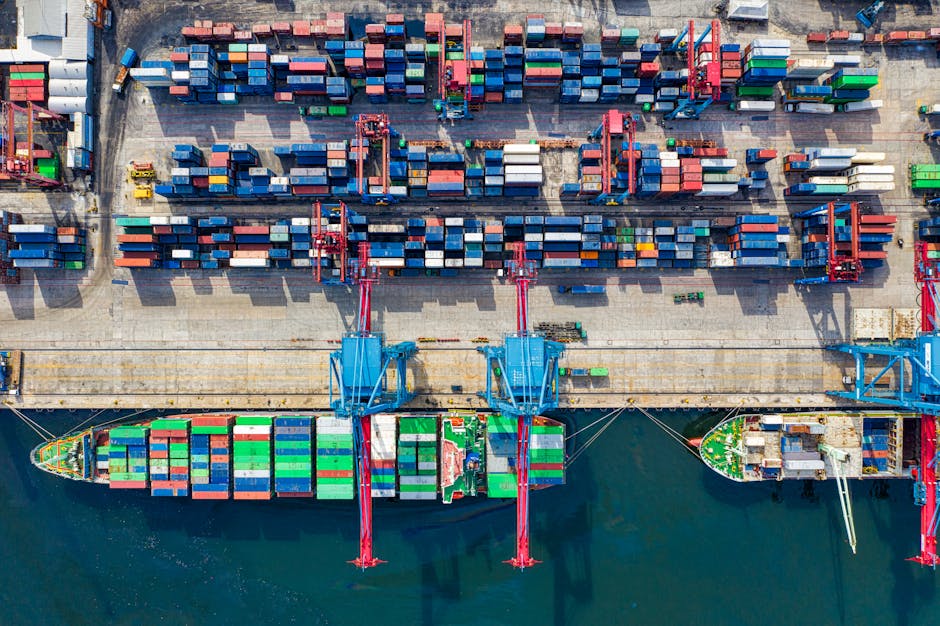
In recent years, we have witnessed a surge in the use of delivery drones for commercial purposes. From food delivery to medical supplies, drones are being deployed to transport a wide range of products efficiently and cost-effectively.
One of the key advantages of using delivery drones is their ability to navigate through traffic-congested areas and reach remote locations with ease. This makes them ideal for delivering urgent supplies to inaccessible areas during emergencies or natural disasters.
The Technology Behind Delivery Drones
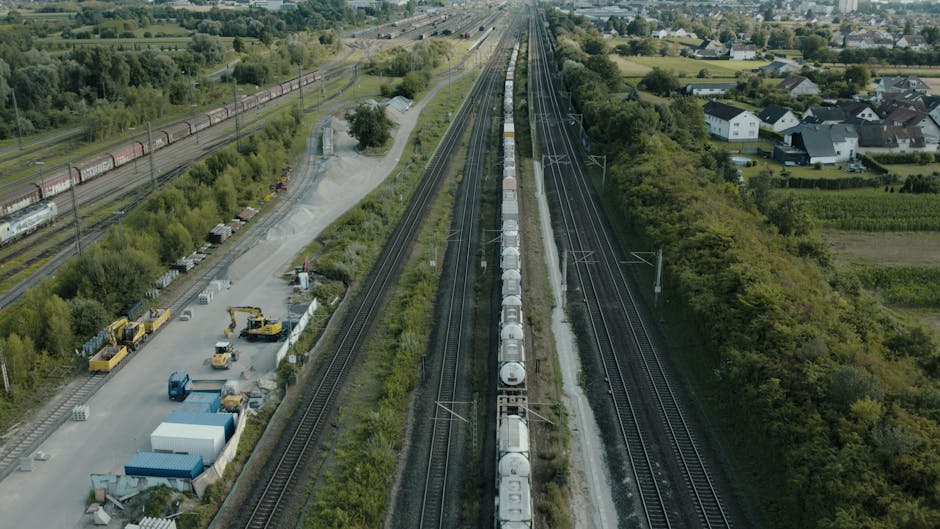
Delivery drones come in various shapes and sizes, equipped with advanced technology to ensure safe and efficient operation. These unmanned aerial vehicles are powered by electric motors and use GPS technology to navigate to their destination with pinpoint accuracy.
Some delivery drones are equipped with sensors and cameras to detect obstacles in their path and avoid collisions. This technology allows them to fly autonomously and make real-time adjustments to their flight path to ensure safe delivery.
Challenges and Controversies
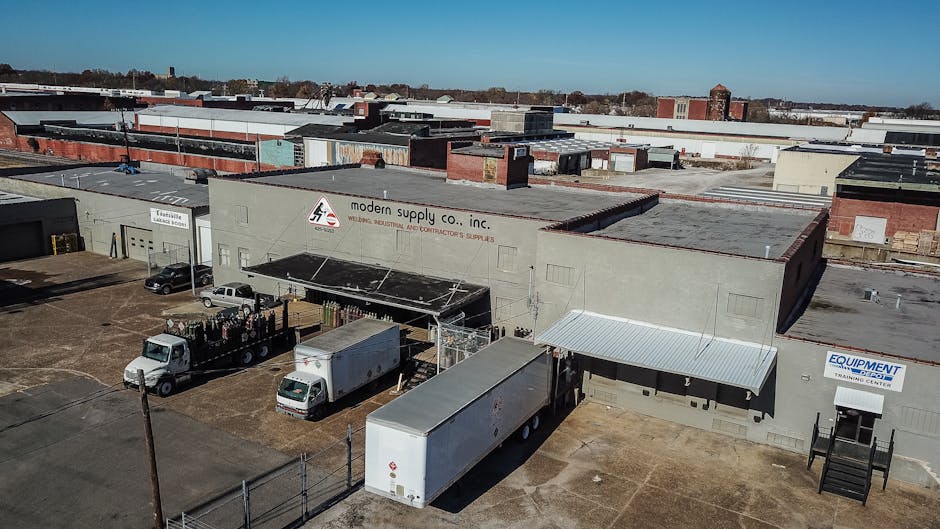
Despite the promising potential of delivery drones, there are several challenges and controversies surrounding their use. One of the main concerns is related to safety and privacy issues. Critics argue that drones flying in urban areas pose a risk of accidents and collisions with other aircraft or buildings.
Moreover, there are concerns about the invasion of privacy, as drones equipped with cameras can capture images and videos without the consent of individuals. Regulatory bodies like the Federal Aviation Administration (FAA) have strict guidelines in place to address these concerns and ensure the safe operation of delivery drones.
The Future of Delivery Drones
Looking ahead, the future of delivery drones looks promising, with continued advancements in technology and regulations. Companies are exploring innovative ways to improve the efficiency and reliability of drone delivery, including the use of AI and machine learning algorithms to optimize delivery routes and reduce delivery times.
With the rise of e-commerce and the growing demand for fast and reliable delivery services, delivery drones are poised to become an integral part of the logistics industry. As technology continues to evolve, we can expect to see more companies embracing drone delivery as a cost-effective and environmentally friendly solution for last-mile delivery.
Common Misconceptions
One common misconception about delivery drones is that they are not capable of carrying heavy loads. While it is true that most commercial drones have weight limitations, companies are developing drones with higher payload capacities to transport larger items efficiently.
Comparative Analysis
When comparing delivery drones to traditional delivery methods like trucks or bicycles, drones offer several advantages in terms of speed, cost, and environmental impact. Drones can bypass traffic congestion and deliver goods faster than traditional vehicles, reducing delivery times and improving customer satisfaction.
FAQs
Q: Are delivery drones legal?A: The legality of delivery drones varies from country to country. In the United States, the FAA regulates the use of drones for commercial purposes and has specific guidelines that companies must follow to operate legally.
To Wrap Things Up
The evolution of delivery drones has transformed the way we think about logistics and transportation. With their ability to deliver goods quickly and efficiently, drones are revolutionizing the delivery industry and opening up a world of possibilities for businesses and consumers alike. As technology continues to advance, we can expect to see even more innovative applications of delivery drones in the years to come. So, the next time you hear a buzz in the sky, it might just be a delivery drone bringing your latest online purchase right to your doorstep.

